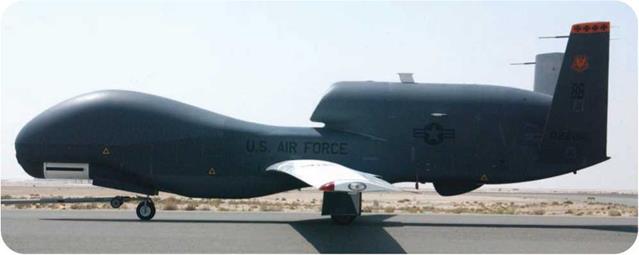Developments in Wartime
The two world wars stimulated rapid progress in aeronautics as warring nations tried to produce the best fighter planes. Spotter planes that were used to spy on enemy forces in World War I (1914-1918) quickly developed into the
first fighters and bombers. Air speeds also increased. Before the war, most airplanes could reach a top speed of only about 35 to 45 miles per hour (about 56 to 72 kilometers per hour). By the end of the war, fighters such as the Sopwith Camel had a top speed of about 113 miles per hour (182 kilometers per hour).
During World War II (1939-1945), the top speed of propeller planes increased to more than 370 miles per hour (595 kilometers per hour). Jet fighters were developed during the war. The first, the German Messerschmitt Me-262, had a top speed of 540 miles per hour (869 kilometers per hour).
These and other developments were applied to airliners soon after the war. The first jet airliners were the De Havilland Comet and Boeing 707. Radar, developed during the war to detect
|
![]()
![]()
![]()
 enemy aircraft by bouncing radio waves off them, became the basis of air traffic control systems that guide today’s aircraft safely along invisible lanes in the sky.
enemy aircraft by bouncing radio waves off them, became the basis of air traffic control systems that guide today’s aircraft safely along invisible lanes in the sky.











